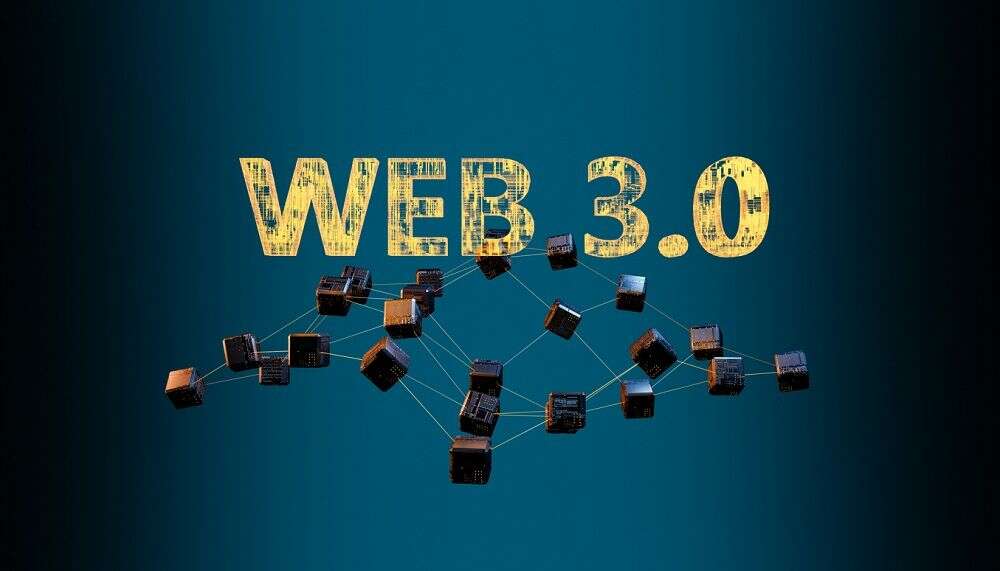
By Rob Kriner, Commercial Success Director, Com Laude
The impact of the internet on modern life is huge. It’s an invaluable tool for businesses and consumers alike, with companies relying on online tools to run their businesses, providing arguably the easiest, fastest and simplest way of communicating. Yet in the late 80s and early 90s,many experts didn’t think the internet would live to see its first anniversary. In an article written in 1995, Clifford Stoll, a journalist for Newsweek famously wrote: “The truth is no online database will replace your daily newspaper, no CD-ROM can take the place of a competent teacher and no computer network will change the way government works.” Now almost three decades later, an estimated 5 billion people (or 63% of the world’s population) are using the internet. The UN has even declared internet access a human right.
Just like how the early internet was a place that some didn’t understand or know how to use to their advantage, there are interesting parallels to the dawn of Web 3.0, the next stage of the internet. So, what lessons can brand owners learn from their predecessors, and how can they protect themselves as they prepare to enter the next stage of the internet and web domains?
So what is Web 3.0, and why should it matter to brands?
Put simply, Web 3.0 is the third generation of the internet. Web 1.0 marked the beginning of internet usage, comprising of the static web pages used in the 1990s and early 2000s. Web 2.0 is the current version of the internet that we use today that was born out of innovations across smartphones, mobile internet access, social media and the ubiquity of internet access. Web 3.0, however, is a little more ambiguous. It is still evolving and being defined, and there is no universally accepted definition. That said, Web 3.0 is broadly defined as being a decentralised online environment with blockchain as its foundation.
Yet Web 3.0 is significant to brands as it allows for brand presence and the sale of digital goods in the metaverse. After all, blockchain technology is what makes NFTs possible. It has the potential to create new experiences for consumers, with the potential to add real-world value for businesses by creating an additional avenue to sell their products. But owing to its less regulated nature, it has the potential to be taken advantage of by counterfeiters, masquerading as a brand and selling poor-quality knock-off goods.
What lessons can brands learn from the opportunities early domains presented?
The internet has changed a lot over three decades and is almost unrecognisable from its beginnings. However, the market today was shaped by the brands that capitalised on the opportunities early domains presented, leaving many brand owners who missed out to rue what could have been. Just like how many brands first saw the dawn of the commercial internet as a fad, many are sceptical as to what the long-term impact of Web 3.0 will be. Some say that those that fail to learn from history are doomed to repeat it and brands risk repeating past mistakes because, in 20 years, Web 3.0 has the potential to be a major part of how consumers and businesses alike express their digital presence.
What are some of the brand protection issues that come with Web 3.0, and what precautions can brands be taking?
Blockchain domains represent a core element of getting Web 3.0 ready. Three of the most popular blockchain providers today, Ethereum, Handshake and Unstoppable, together, have almost seven million combined registrations. Thousands of brand names have already been registered in the blockchain world, and brands looking to get in on the action are finding that their names have been snapped up by cyber squatters.
These domains are regarded as being free from regulation, oversight and government control. This means blockchain domains lack the trademark protections implemented by ICANN, and due to the nature of the medium’s decentralisation, blockchain transactions are anonymous, irreversible and have no legal reclaim process, leaving brands to wonder how to negotiate with the owner. As many brand names have already been taken by speculators, pragmatism and agility are essential. Make sure you’ve registered your domain on the decentralized web early. In doing so, registrations will be relatively affordable and is a cost-effective hedge should Web 3.0 not end up living up to the anticipated hype.
The first iteration of the web gives us an idea of how far these new iterations of the internet can and will go, and brand owners must protect their name, brand and reputation on every front. Brands must think about pre-emptively protecting and securing key blockchain domains in the next phase of the internet if they are to avoid the harsh lessons taught by those that capitalised on the early internet.
Unused domain names are relatively affordable. And by registering early, you’ll be futureproofing your business for the next stage of the commercial internet, while making a cost-effective hedge should Web 3.0 not end up living up to the anticipated hype.


